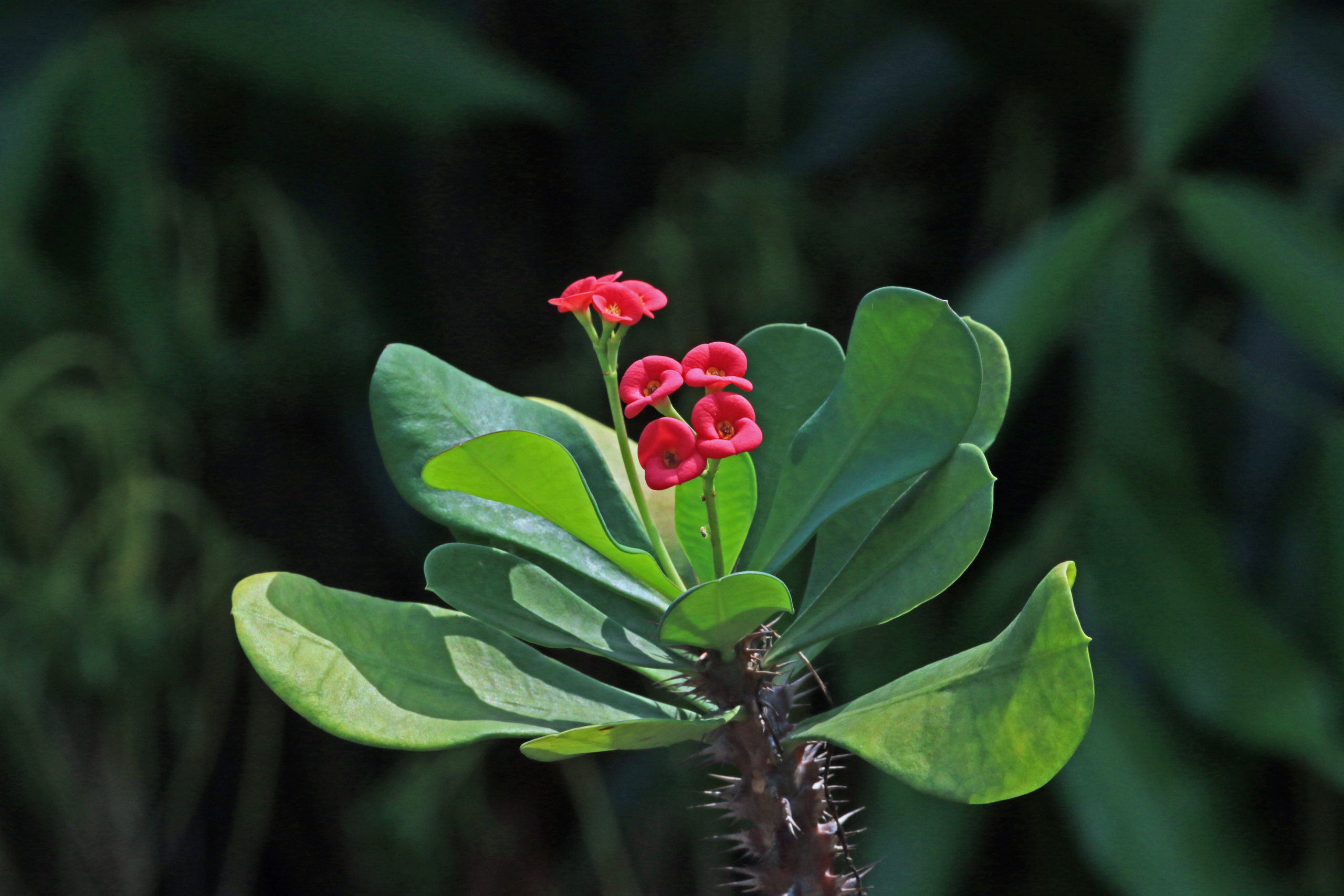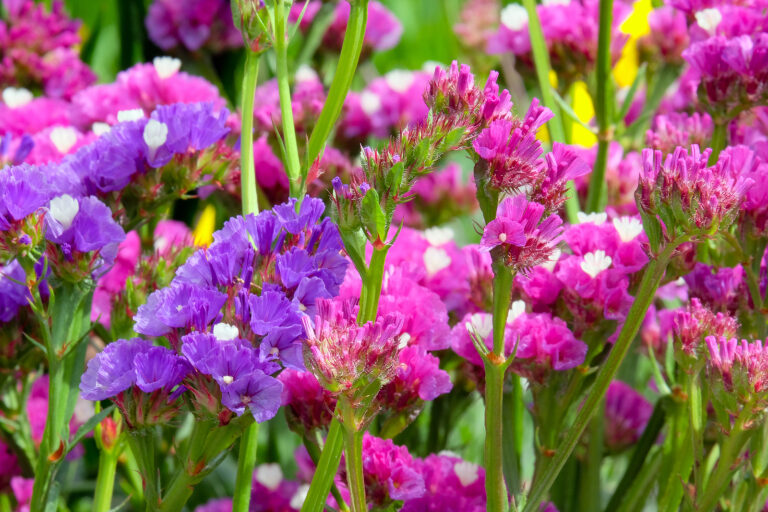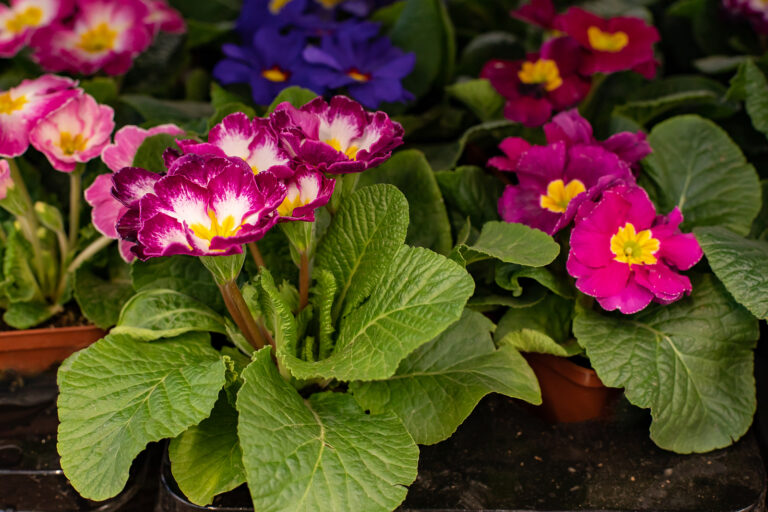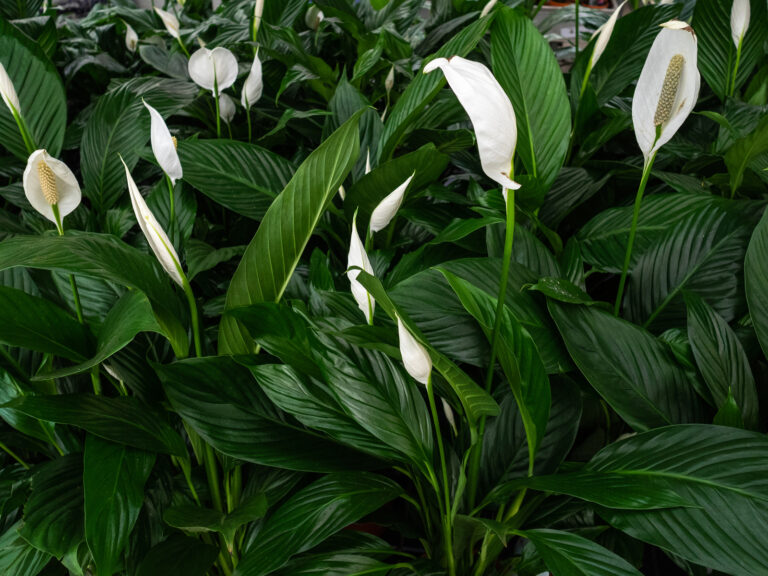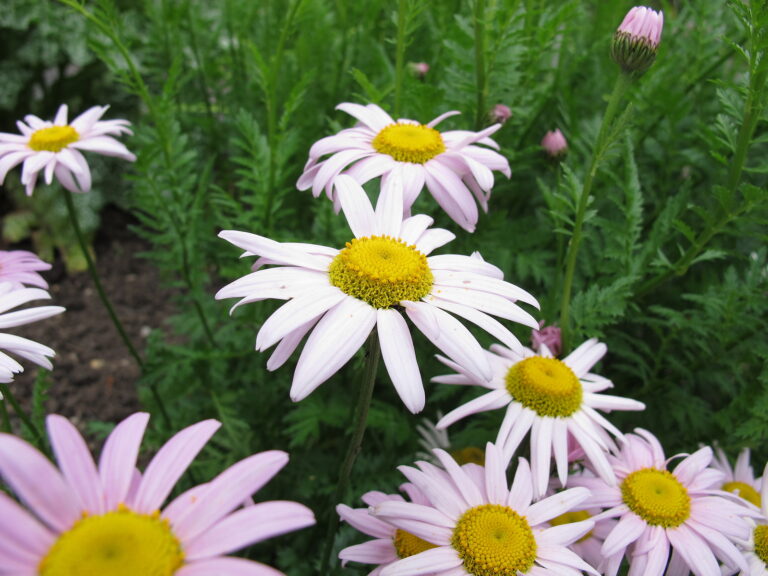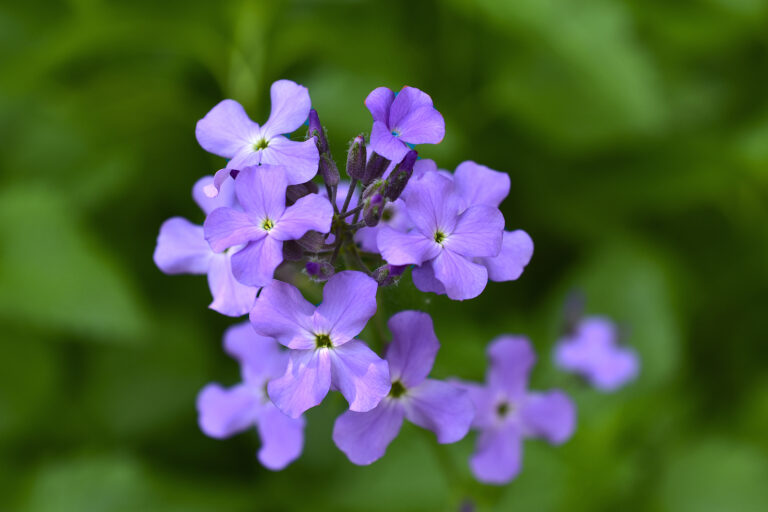How to Grow Crown of Thorns — Euphorbia
The Crown of Thorns plant, Euphorbia milii, gets its common name from the sharp spines that protect the thick stems of this cactus-like plant. A relative of the poinsettia, the crown of thorns has small grayish-green leaves that provide year-round color, while bright red flower bracts appear in fall and winter.
Crown of thorns thrives in bright light and endures sweltering temperatures up to 100°F. Water this plant more often during summer, tapering off during winter but never allowing the soil to become dry.
Get to know Crown of Thorns–Euphorbia
- Plant type: Succulent evergreen perennial; in mild winter areas it grows as a wood shrub; it can be grown indoors as a houseplant
- Growing Zones and range: 9-11
- Hardiness: Needs average room temperature
- Height and width: To 4 feet (1.2m) tall.
- Foliage: Spiny, woody stems have scattered green, rounded leaves. The stems may reach 4 feet (1.2m) tall.
- Flowers: Tiny flowers surrounded by showy red, yellow, pink, or salmon-colored, petal-like bracts.
- Bloom time: Mostly in summer but flowers can appear any time if the plant is given plenty of light.
- Uses: Grow as a shrub outdoors; grow as a houseplant indoors
- Botanical name: Euphorbia milii
- Common name: Crown of thorns
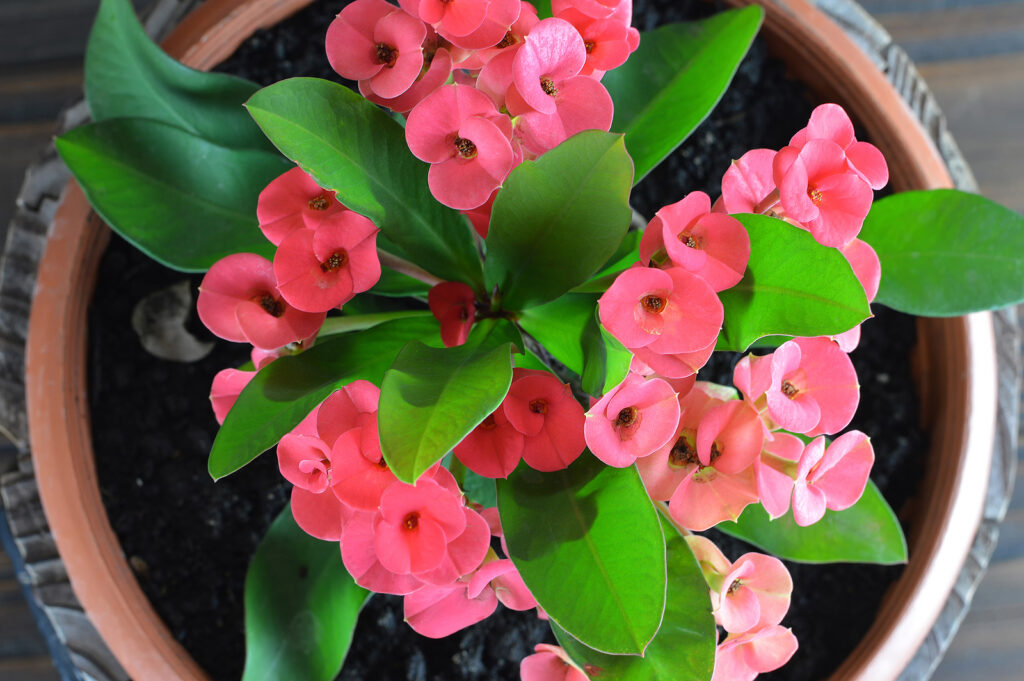
Where to plant Crown of Thorns–Euphorbia
- Crown of thorns can take some direct sun, indoors it needs high light
- Outdoor plant in fertile, humus-rich, slightly sandy soil that is well-drained; indoors grow in an all-purpose potting mix
When to plant Crown of Thorns–Euphorbia
- Set outdoors in spring
- Place the crown of thorns in an out-of-the-way spot where you won’t have to deal with the thorny stems.
Planting and spacing Crown of Thorns–Euphorbia
- Space crown of thorns 3 to 4 feet (.9-1.2m) apart
- Grow crown of thorns in clay pots, and use an all-purpose potting mix with some added sand.
How to water and feed Crown of Thorns–Euphorbia
- Water thoroughly, then let dry before the next watering. In winter, reduce watering somewhat.
- When the plant is in bloom, allow the top inch or so of soil to dry out. When not in bloom, let about half the soil dry out; do not let the entire soil ball dry out or the plant will drop its leaves.
- Fertilize twice a month, except in winter.
Crown of Thorns–Euphorbia care
- When the plants get leggy, cut the stems back to a pleasing shape in spring.
- The stems produce an irritating, milky sap when you cut them, apply cold water to stop the sap from flowing.
Crown of Thorns–Euphorbia propagation
- Take tip cuttings and allow them to dry for 24 hours before placing the cut ends in moist sand.
Crown of Thorns – Euphorbia frequently asked questions
Q: How can I keep the crown-of-thorns plant from dropping its leaves?
A: Crown of thorns plant needs a constant supply of moisture during the growing season. It will drop leaves and refuse to bloom if the soil is dry.
Q: How should I water the crown of thorns plant?
A: Water the plant moderately from spring to autumn. Water sparingly in winter. Let the soil nearly dry between waterings.
Q: What kind of soil does the crown of thorns plant need?
A: The soil should be very porous and well drained and it should be kept moist whenever there are leaves on the stems.
Q: What is the best fertilizer for the crown of thorns plant?
A: Give crown of thorns a small amount of a complete fertilizer during the active growing season. Avoid the excessive use of fertilizer.
Q: How do I get the crown of thorns plant to bloom?
A: Crown of thorns plant–Euporbia milii–will bloom much of the year if the growing conditions are right. Place the crown of thorns plant in the sunniest window. Keep the soil evenly moist, do not let the soil dry out. The temperature should not go below 55°F. Place the plant on a saucer of wet pebbles or gravel to increase humidity.

